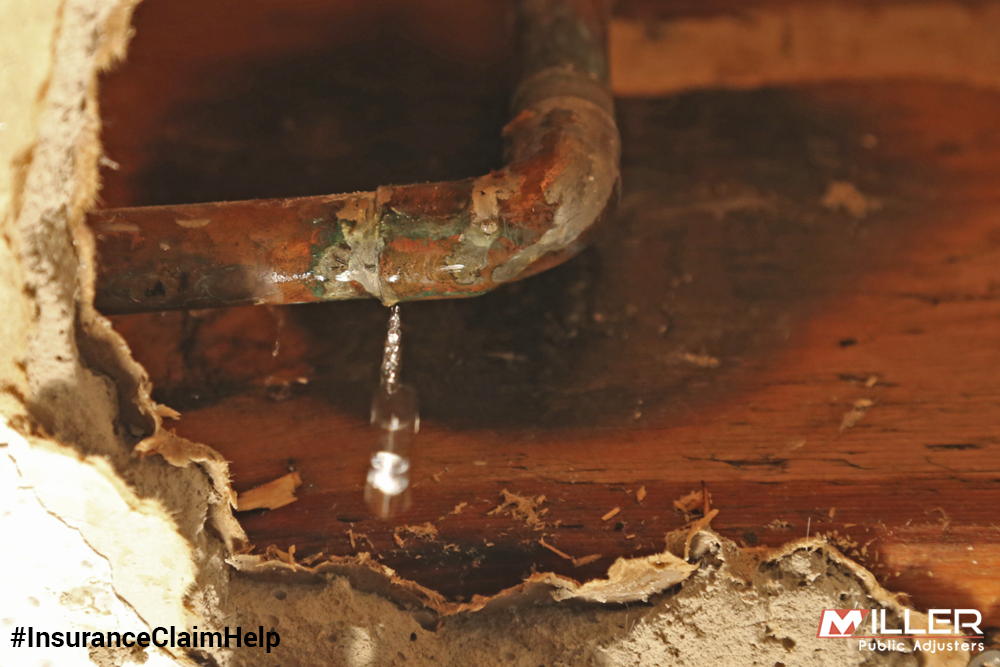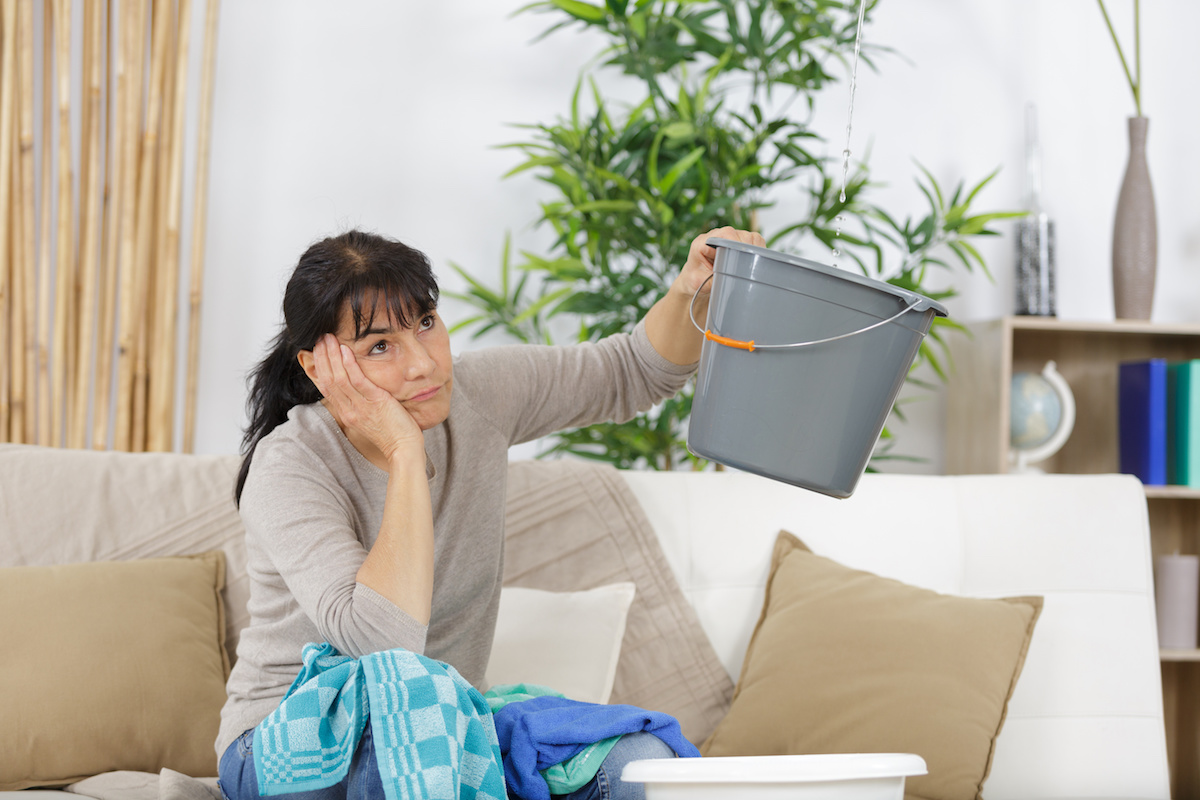The Art of Swift Response: Detecting as well as Repairing a Ruptured Pipe
The Art of Swift Response: Detecting as well as Repairing a Ruptured Pipe
Blog Article
The article author is making a number of good points related to How to install a dishwasher safely overall in this content underneath.

A ruptured pipe is a significant emergency; you can only stand as you see water you pay dearly to rejoin with the planet. In worse cases, you observe a pool on your kitchen area flooring, which is a terrific journey hazard, particularly if you have kids around. If the pipeline that burst was in your wall surfaces, trouble: you may need to paint that whole section.
Exactly how can a calamity like a burst pipe be stopped and managed? Well, by paying attention to your specialist emergency plumbers as well as following these regulations.
How do I know when my pipelines have ruptured?
Rising and fall water pressures
Pipes do not just burst in a day. You may have observed that your kitchen tap or shower doesn't run promptly when you transform the tap. It may pause for a few seconds and after that blast you with even more pressure than common.
In various other instances, the water may seem normal initially, after that decrease in pressure after a few seconds.
Wet walls as well as water spots
Before a pipe bursts, it will certainly leakage, most times. If this persistent leaking goes unnoticed, the leak may graduate into a wide gouge in your pipe. One easy way to avoid this emergency is to look out for wet walls ad water stains. These water stains will lead you right to the leakage.
Puddles under pipelines and also sinks
When a pipeline ruptureds, the discharge develops a pool. It may appear that the pool is expanding in size, and no matter the amount of times you wipe the pool, in a few minutes, there's another one waiting to be cleansed. Commonly, you may not have the ability to map the puddle to any visible pipelines. This is an indicator to call a specialist plumber.
Untraceable leaking noises
Pipe bursts can take place in one of the most undesirable places, like within concrete, inside wall surfaces, or under sinks. When your home goes silent, you might have the ability to hear an aggravatingly consistent dripping noise. Even after you have actually inspected your shower head and kitchen faucet, the trickling may continue.
Beloved viewers, the leaking may be originating from a pipeline inside your walls. There isn't much you can do concerning that, other than tell a professional plumber.
Shut off the Water
When water ices up, it expands in volume by about 9 percent. And also it expands with significant force: The pressure inside pipes may go from 40 pounds per square inch to 40,000 psi! No pipeline can hold that much stress, so it bursts. The break may happen where the ice kinds, however more often, it happens where water pressure discovers a weak spot in the pipeline. That may be inches and even feet from the frozen area. Locate the water shutoff valve as well as switch off the water to avoid even more damage. You could also require to shut off the electrical energy too, depending upon where the leakages occurs as well as how huge it is.
Infected water
Many people think a burst pipe is a one-way electrical outlet. Quite the contrary. As water drains of the hole or gash in your plumbing system, pollutants locate their way in.
Your water might be infected from the source, so if you can, examine if your water tank has any type of troubles. However, if your drinking water is provided and also purified by the local government, you need to call your plumber instantly if you see or scent anything amusing in your water.
What do I do when I find a ruptured pipeline?
Your water meter will continue to run also while your water wastes. To decrease your losses, find the primary controls as well as transform the supply off. The water mains are an above-ground structure at the edge of your residential property.
How to Fix & Detect a Leaking Pipe
How Do I Know if a Pipe is Leaking?
Leak detection tests can help you determine if your pipe has a leak. Even if you don’t see an apparent leak, you should still conduct leak detection tests regularly to save water and money—and prevent major damage to your home.
Water meter. It can be helpful to figure out what your usual water meter usage numbers are and then monitor them regularly. To monitor your meter, first, turn off all water faucets in your home. Check the meter and write down the numbers. In a few hours, check the meter again. If the numbers have changed, you have a leak. Water gauge. Use a water gauge to test your water pressure. Your showerhead should produce a certain amount of water pressure based on its model and design. If the pressure is lower than it is supposed to be for that specific showerhead, your home likely has a leak. Puddles. Look inside your bathroom, laundry, and kitchen sink cabinets. Puddles around the cabinets or around toilets, tubs, showers, and washing machines indicate the presence of a leaking pipe. You may also notice loose tiles, peeling or flaking paint, or mold caused by water accumulation. Napkin test. Even if you don’t see any puddles, you may still have a leak. You can test for water leaks in the bathroom, laundry, and kitchen by wiping below-sink connections with a napkin, paper towel, or piece of toilet paper. If it becomes damp, you probably have a leaking pipe under the sink. Discolored walls. Walls that are discolored—usually with brown or yellow stains—or bulging might mean that they have been impacted by water damage caused by a leaking pipe. Smell. A leaky pipe will create sitting water, and over time, that water may develop a musty smell. If your home smells musty, but you can’t locate the source, it may be due to a leak. Steps for Fixing a Leaking Pipe
A leaky drain can be remedied by tightening the pipe base, replacing the drain seal, caulking the rim, and tightening the pipe nut. Similarly, a leaking toilet pipe can be treated by tightening the packing nut. You may also need to replace the valve. A leaky faucet may just need tightening or replacement of the washers. If that doesn’t work, consider replacing your faucet. If your pipe has a hole in it, you may want to use a pipe leak sealer or pipe leak tape. This quick fix for water pipe leaks can also temporarily fix a copper pipe leak. https://www.ahs.com/home-matters/quick-tips/how-to-tell-if-pipes-are-leaking/

As a keen person who reads about How to Prepare for Your Dishwasher Installation, I imagined sharing that piece was important. Are you aware of somebody else who is intrigued by the niche? Take a moment to share it. We enjoy reading our article about What to Know Before Installing a Dishwasher.
Recurring Service Plans
Report this page